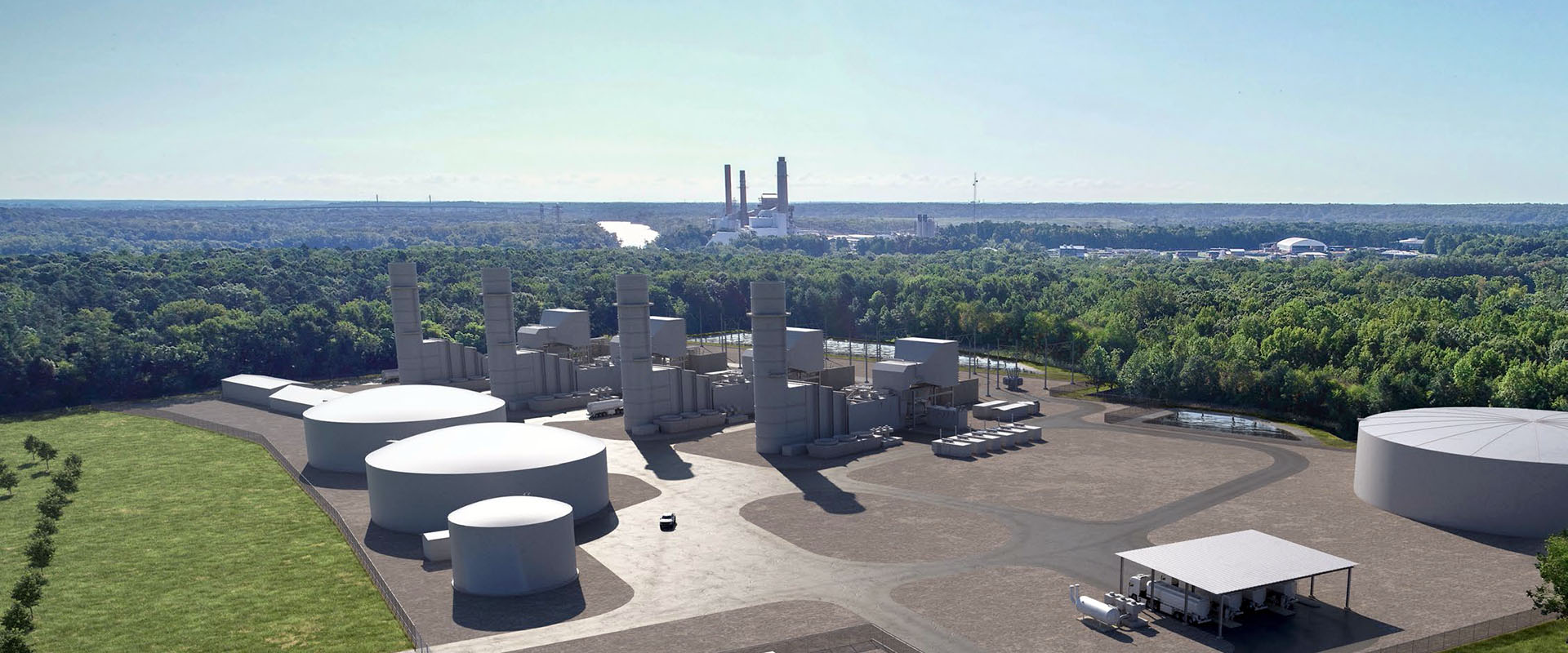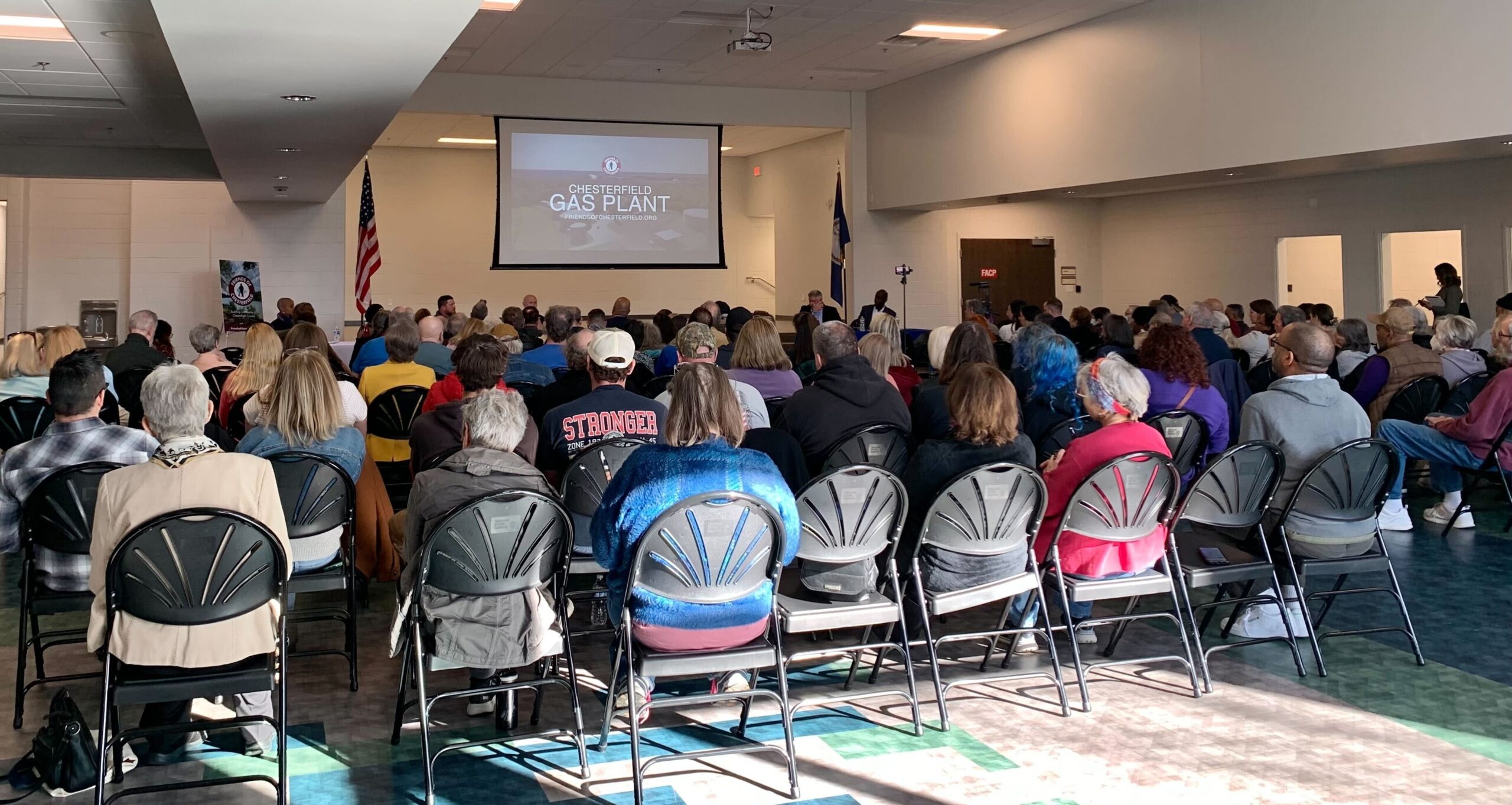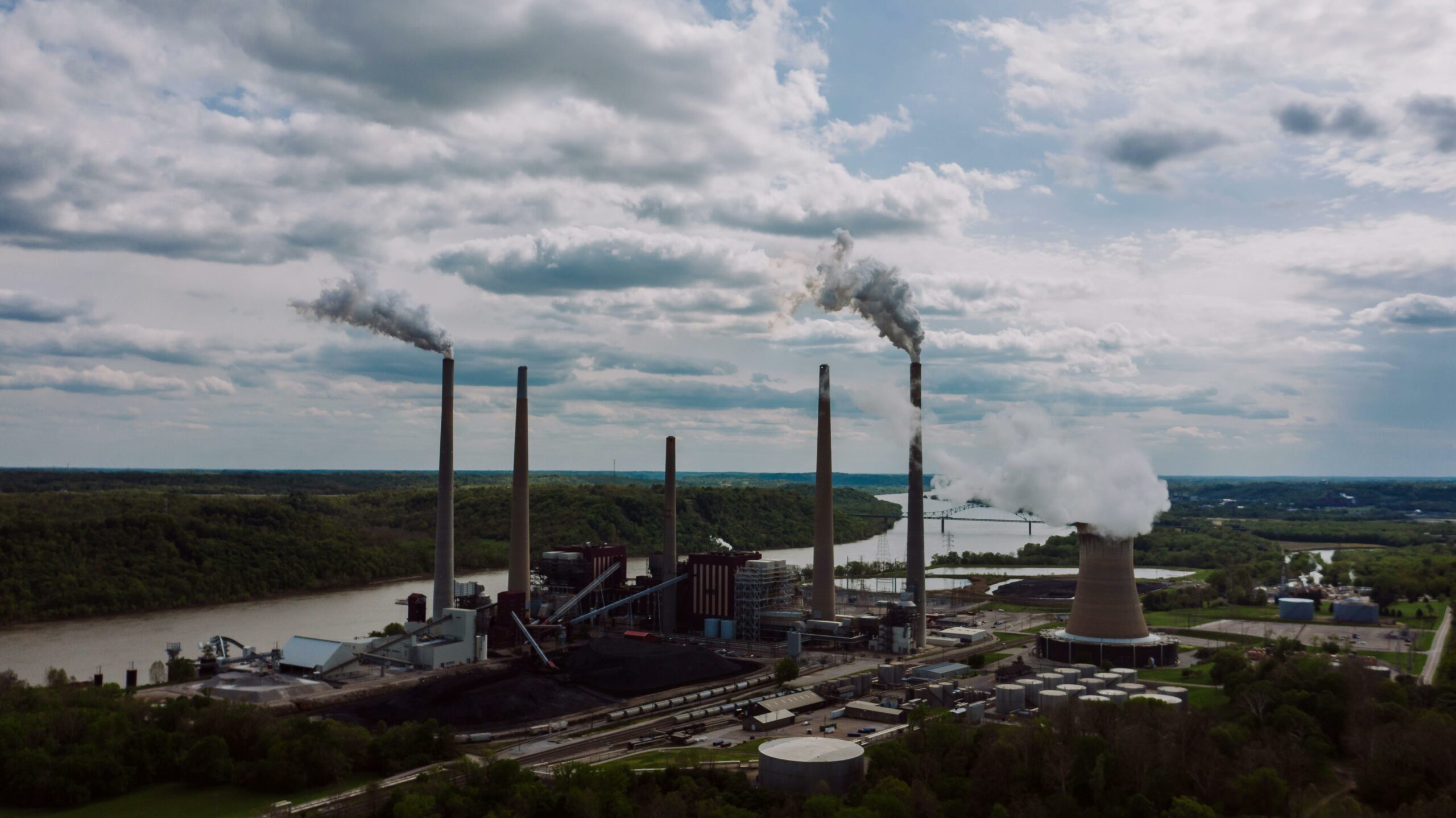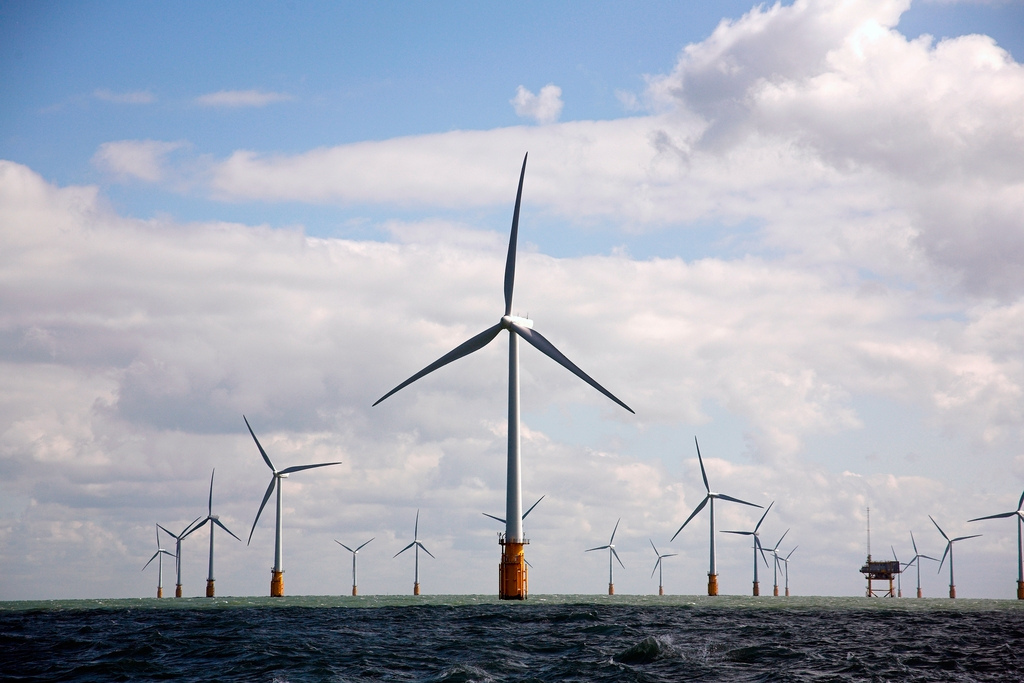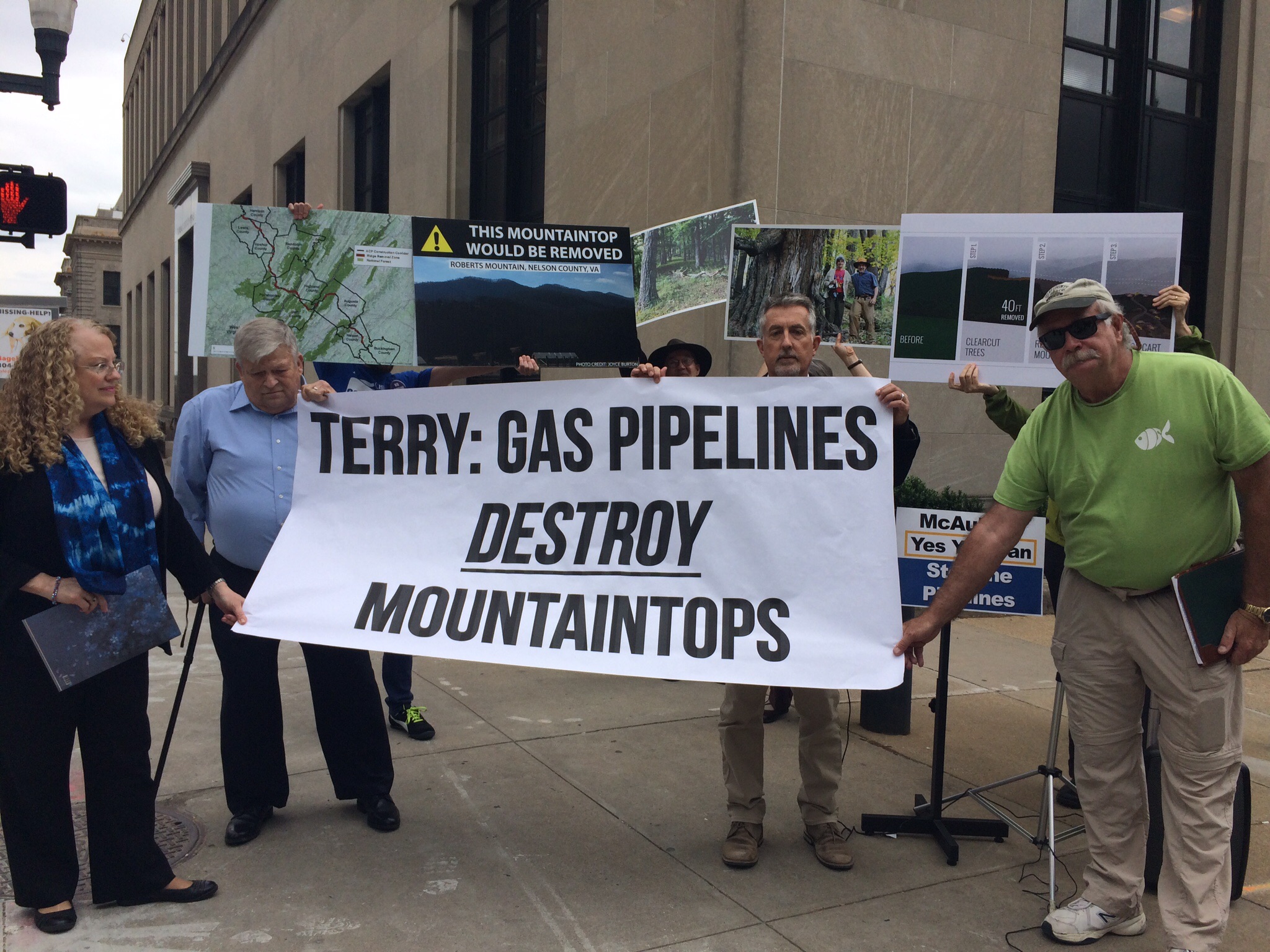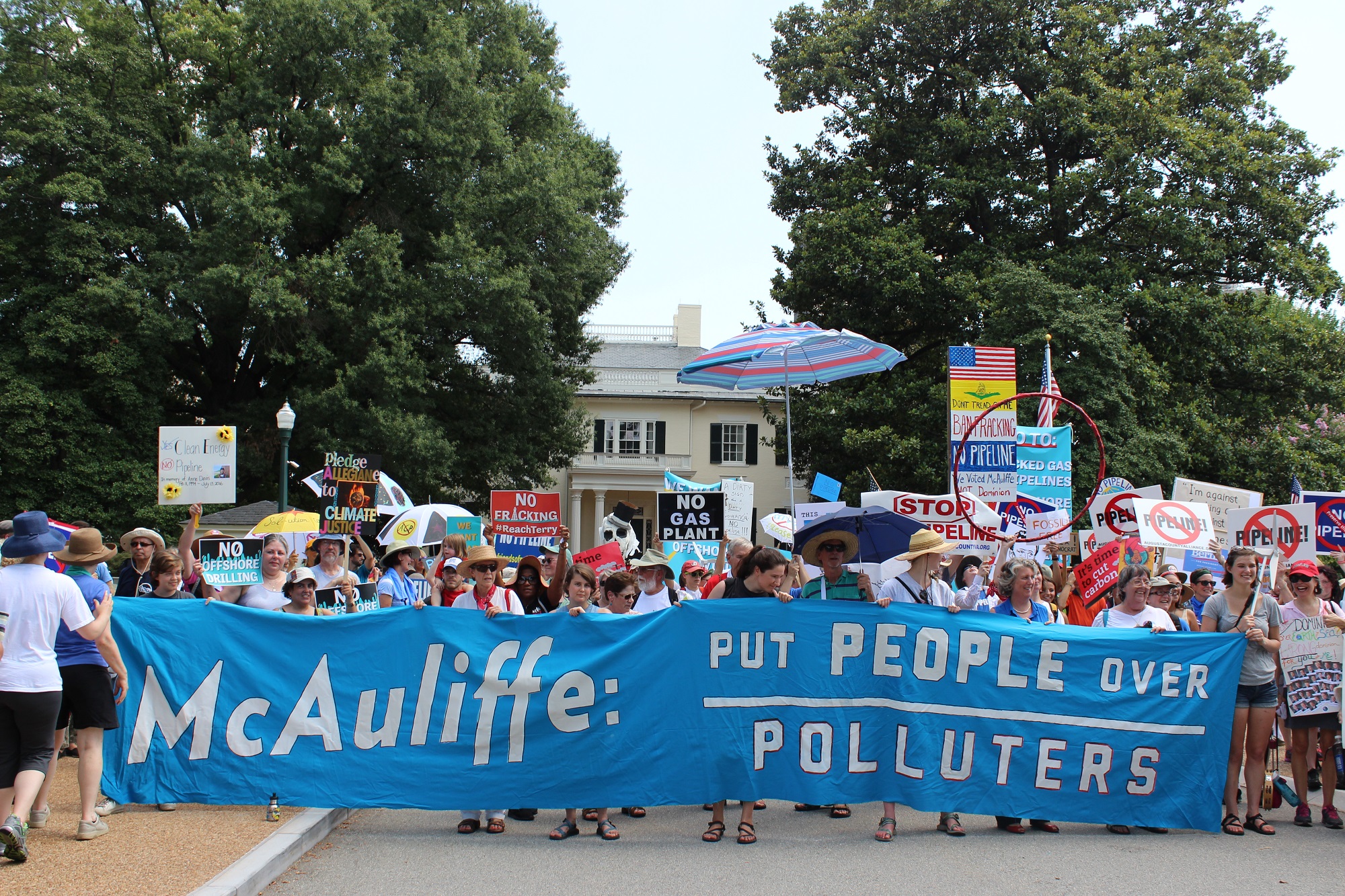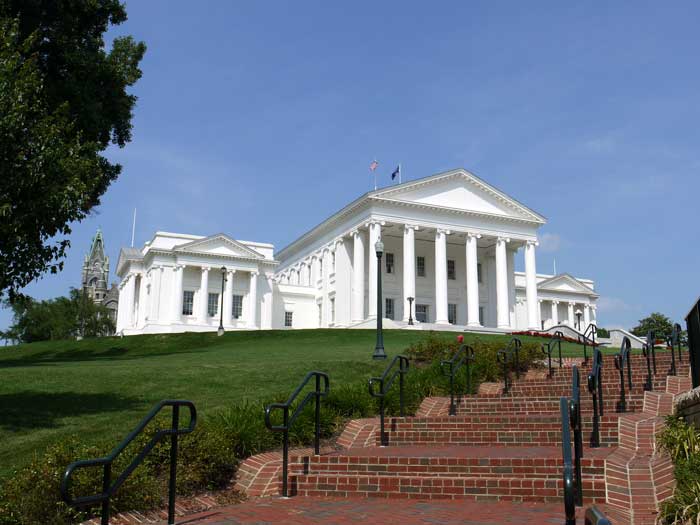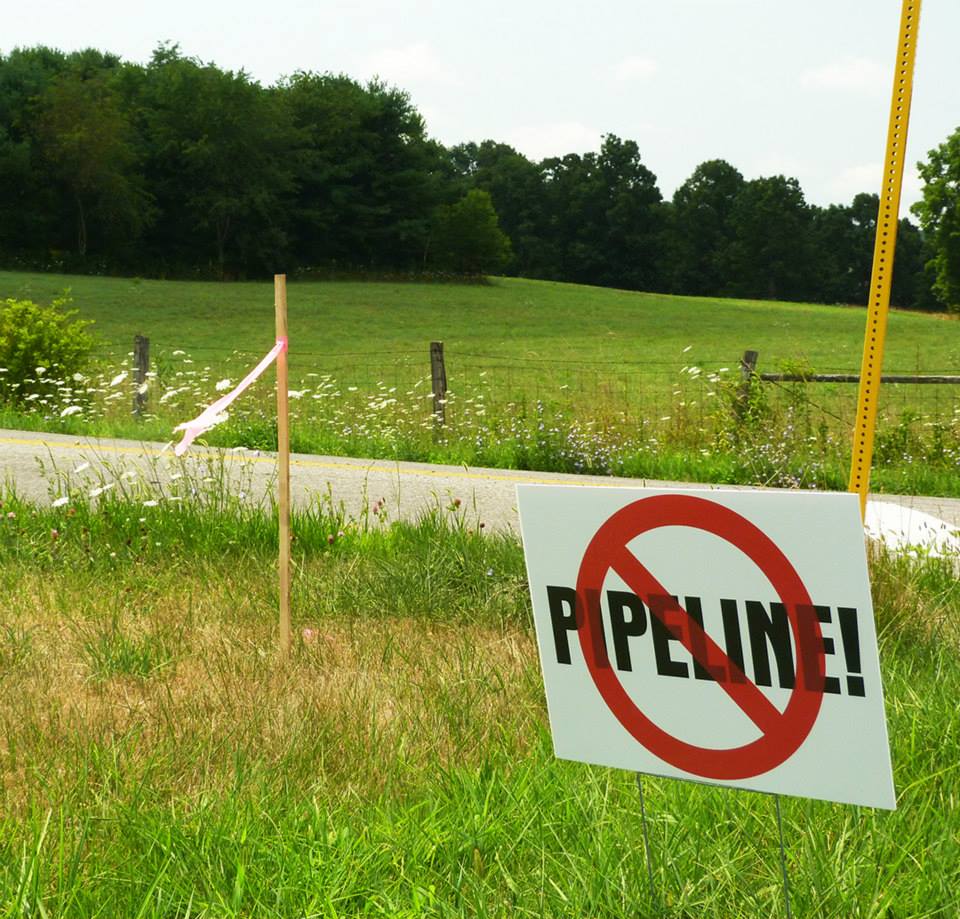Dozens of concerned citizens call for the Board to protect health and climate
CHESTERFIELD, VA – Today, dozens of concerned Chesterfield County residents rallied at the monthly Chesterfield Board of Supervisors meeting to protest against the tentative placement of Dominion Energy’s proposed gas power plant in their county. The boisterous gathering was organized in response to the Board of Zoning Appeals’ refusal to hear an appeal from the Friends of Chesterfield community group – which was joined at the rally by allies from the Chesapeake Climate Action Network, Mothers Out Front, Chesterfield County Branch NAACP, and other local advocates. Protesters held up signs and chanted slogans opposing the new plant and other fossil fuel infrastructure projects that endanger public health and contribute to climate change.
 Just hours before the rally, Friends of Chesterfield announced it had filed a fresh challenge with the county, attempting to call Dominion’s zoning into question. A day prior, the Southern Environmental Law Center also published a report that it had commissioned, which found that constructing an alternative renewable-based energy portfolio would cost ratepayers less than half the projected cost of CERC while providing the same annual energy and peak capacity – addressing reliability concerns.
Just hours before the rally, Friends of Chesterfield announced it had filed a fresh challenge with the county, attempting to call Dominion’s zoning into question. A day prior, the Southern Environmental Law Center also published a report that it had commissioned, which found that constructing an alternative renewable-based energy portfolio would cost ratepayers less than half the projected cost of CERC while providing the same annual energy and peak capacity – addressing reliability concerns.
As the rally gathered momentum, speakers addressed the crowd outside of the building before entering to address the Board meeting with public comments including the following:
Statement from Melissa Thomas, Mothers Out Front:
“Residents of Chesterfield County, who have for decades endured the harmful consequences of pollution from fossil fuel combustion in their community, are pleading with their locally elected representatives to exercise the authority entrusted to them. Their request is straightforward: Please grant us the opportunity to voice our concerns in a public hearing.”
Statement from Glen Besa, Friends of Chesterfield:
“Why is the Board of Supervisors refusing to hold a hearing on Dominion Energy’s massive methane gas power plant that would be the county’s largest source of air pollution? That is a question that every resident of Chesterfield should be asking Chairman Holland and all the county supervisors.”
Statement from Rachel James, Southern Environmental Law Center (SELC), speaking on behalf of her client:
“The Chesterfield Branch of the NAACP is committed to elevating the voices of underrepresented groups to ensure their inputs inform each stage of the decision-making processes associated with Dominion’s proposed gas plant. The challenge here is that instead of stepping up to take advantage of the opportunity for local input into the air permit evaluation, the Board of Supervisors is stepping back. The Board is deferring to the Department of Environmental Quality to make a determination that the law recognizes local governing bodies, informed by their constituents, are equipped to make. Holding a public hearing on the issue of site suitability is completely within the Board’s authority to do. Refusing to hold a hearing is unacceptable. That’s why we’re here.”
Statement from Mason Manley, Central Virginia Organizer for the Chesapeake Climate Action Network (CCAN):
“For more than a year now, Chesterfield residents have expressed their discontent at the lack of meaningful public participation in county approval processes for the so-called Chesterfield Energy Reliability Center. Now, the voices of Chesterfield residents could not be clearer: telling the Board to hold a vote on the matter of Site Suitability and Value and vote ‘No.’”
# # #
The Chesapeake Climate Action Network is the oldest and largest grassroots organization dedicated exclusively to raising awareness about the impacts and solutions associated with climate change in the Chesapeake Bay region. For more than 20 years, CCAN has been at the center of the fight for clean energy and wise climate policy in Maryland, Virginia, Washington, D.C. and beyond.


